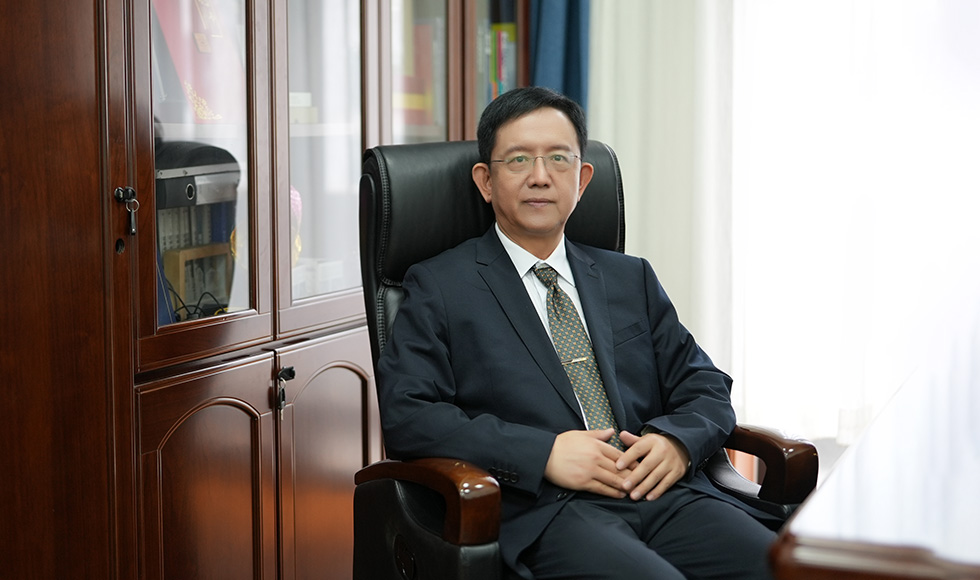发表在《自然·通讯》(Nature Communications):“全局规划-局部规则”融合的神经网络训练模型
成果发表于2022年1月10日《自然·通讯》
得益于神经科学的发展,中心团队模仿海马体的神经元权重更新机制,在Nature Communications上提出了一种结合全局与局部权重更新规则的混合模型,并验证了该模型在高噪声、小数据量、持续学习三种任务场景下的优越性,为神经形态算法及其硬件实现的协同开发开辟了一条新的路径。
Brain-inspired global-local learning incorporated with neuromorphic computing
Yujie Wu, Rong Zhao, Jun Zhu, Feng Chen, Mingkun Xu, Guoqi Li, Sen Song, Lei Deng, Guanrui Wang, Hao Zheng, Songchen Ma, Jing Pei, Youhui Zhang, Mingguo Zhao & Luping Shi*
DOI:https://doi.org/10.1038/s41467-021-27653-2
There are two principle approaches for learning in artificial intelligence: error-driven global learning and neuroscience-oriented local learning. Integrating them into one network may provide complementary learning capabilities for versatile learning scenarios. At the same time, neuromorphic computing holds great promise, but still needs plenty of useful algorithms and algorithm-hardware co-designs to fully exploit its advantages. Here, we present a neuromorphic global-local synergic learning model by introducing a brain-inspired meta-learning paradigm and a differentiable spiking model incorporating neuronal dynamics and synaptic plasticity. It can meta-learn local plasticity and receive top-down supervision information for multiscale learning. We demonstrate the advantages of this model in multiple different tasks, including few-shot learning, continual learning, and fault-tolerance learning in neuromorphic vision sensors. It achieves significantly higher performance than single-learning methods. We further implement the model in the Tianjic neuromorphic platform by exploiting algorithm-hardware co-designs and prove that the model can fully utilize neuromorphic many-core architecture to develop hybrid computation paradigm.




